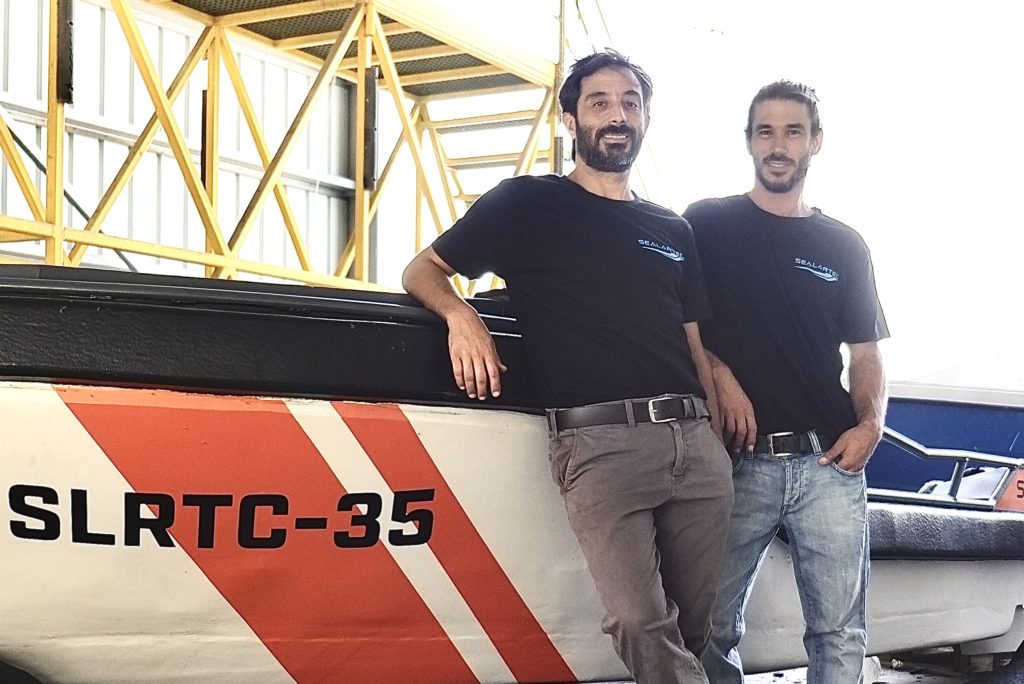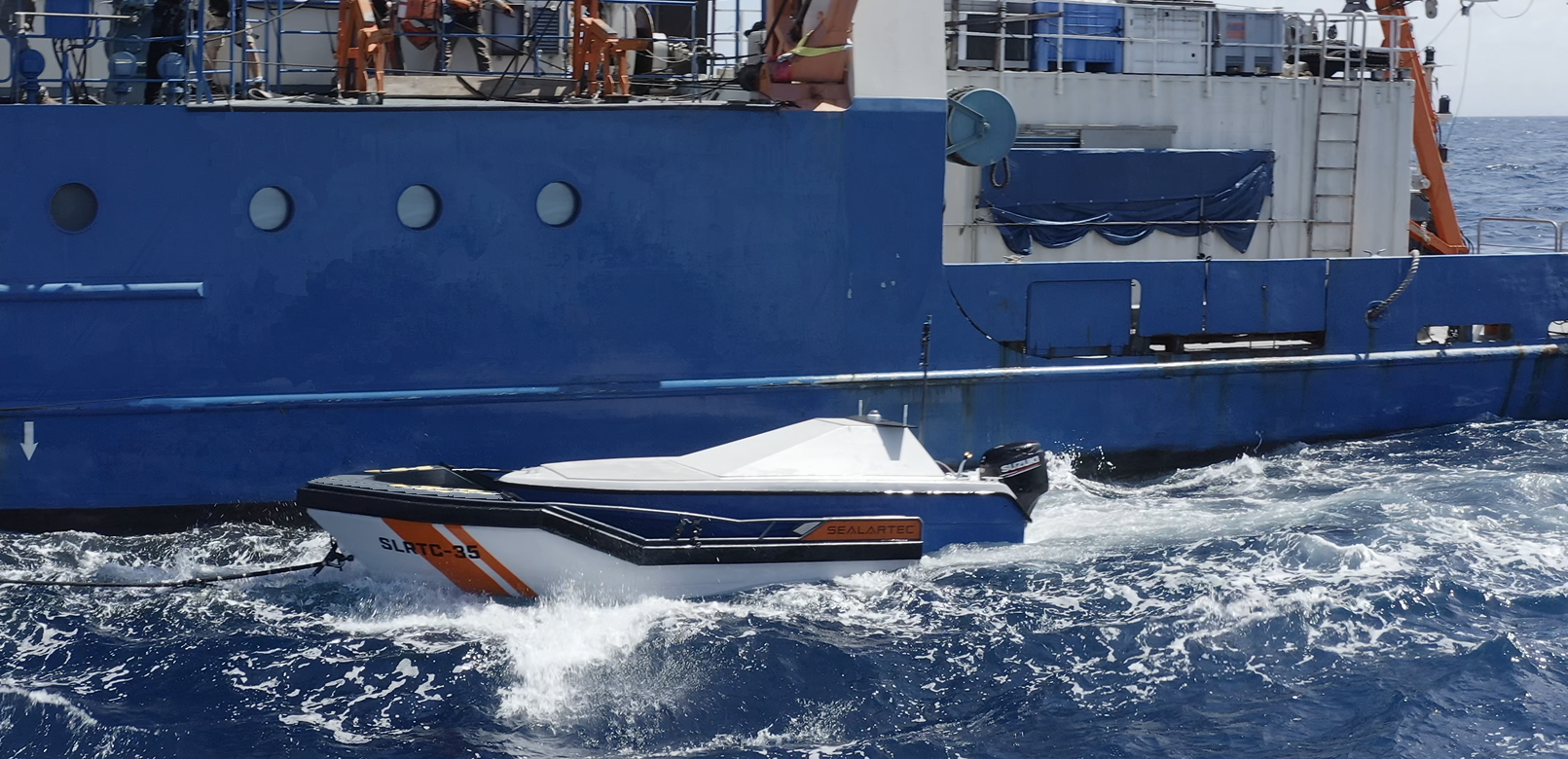Press Release: Sealartec, an innovative technology startup company has conducted full sea trials for its ground-breaking robotic launch and recovery system. During a series of trials that took place in recent weeks off the Israeli northern shore, Sealartec demonstrated the capability of its unique system to perform precise and fully autonomous launch and recovery of an unmanned vessel (USV). The recovered boat was a 5m Deep-V mono-hull classic design,
autonomous vehicle. The sea conditions were sea state 4 with gusting winds.
The deployment of unmanned vessels across the maritime domain is escalating at a rapid pace. Unmanned vessels conduct a range of activities including research and surveys, secure marine assets, and supporting oil and gas drilling. However, the launches and recoveries of the unmanned vessels, is extremely complicated, dangerous and limited in sea state. This
significantly degrades the effectiveness of the use of unmanned vessels as it involves considerable risk to the crews and potential damage to the launching platform.
The manned boat market, including fast interceptor or rescue boats, are being deployed on a daily basis worldwide. In these operations human lives are put at risk, operability is limited by sea state conditions and motion limitation of their mother ship. Sealartec’s unique solution tackles this challenge to ensure recovery of manned boats at almost any sea
condition.
Based on a patented technology in the fields of robotics and algorithmic, Sealartec has developed an innovative robotic system for the launch and recovery of unmanned vessels. The system is capable of recovering any manned or unmanned vessel up to sea state 6. It includes an innovative, hydrodynamic floating structure with robotic capture device and an
autonomous processes control decision making algorithm. This combination allows safe recovery at severe sea conditions while in motion, with higher safety standard.

Amitai Peleg, CEO, Sealartec: “We are excited to successfully conclude a series of sea trials. The capability to launch and recover unmanned vessels at sea, safely and autonomously at the most rigorous conditions, addresses an acute needs gap and will enable a wider adoption of these vessels.”
































